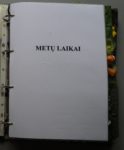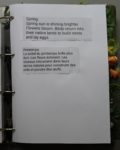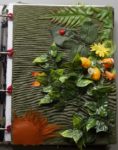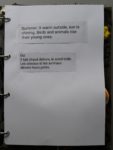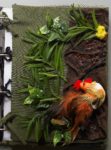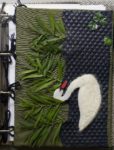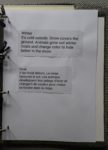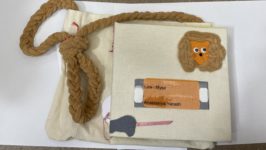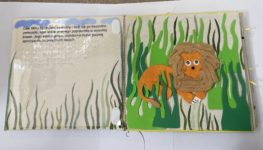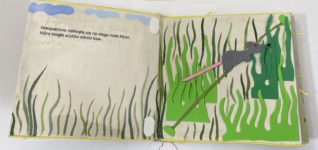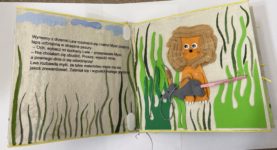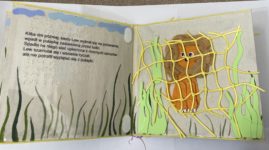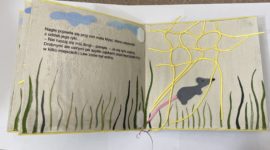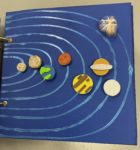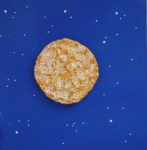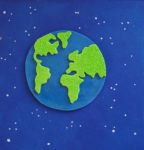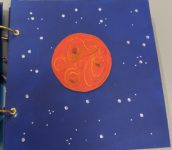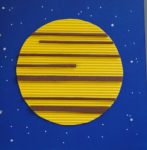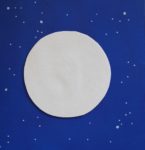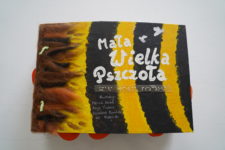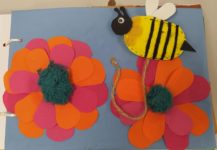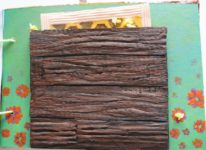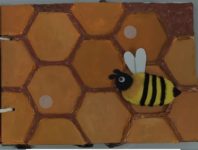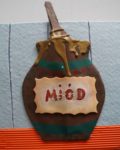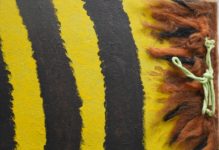In 2024, the Typhlo & Tactus international jury analyzed 69 designs from 17 participating countries for 2 days 1/2.
All the books
Page 10 / 15
Tom wil een hap (Tom Wants a Bite) - Marion Brillemans - Netherlands
“Everyday situations approached with humor. The puppet allows children to be actors. The skills of the child are respected and reading becomes more complex at the end of the book with an interesting writing technique. All along the pages the silhouette of the dog changes and it complicates the reading of young children. Text and images are a little redundant. The story lacks originality.” International Jury
Lew i mysz (The Lion and the mouse) - Lev Tolstoy & Anastasiya Yarash - Poland
Strong points:
- The mouse plays an important role in, saving the lion,
which gives the little ones confidence. - The pictures are very good.
- It’s interesting to use poems.
- The handling and movement.
- This is a book for the little ones.
- The braille is on a Rhodoïd sheet and it’s interesting to change the story.
- The representation of the paws with the prickly nails is interesting.
Points to improve:
- Not all the materials are appropriate.
- The tactile confusion with the grass gives away too much information.
- The lion has a different perspective and it’s hard to understand
that it’s the same character. - There is a lot of reading clutter (with bits of glue around the writing).
- The proportions between small and large are not always respected.
- Attention to safety.
- It’s important to be careful with colours and yellow- orange contrasts
that are too close.
The jury’s opinion




